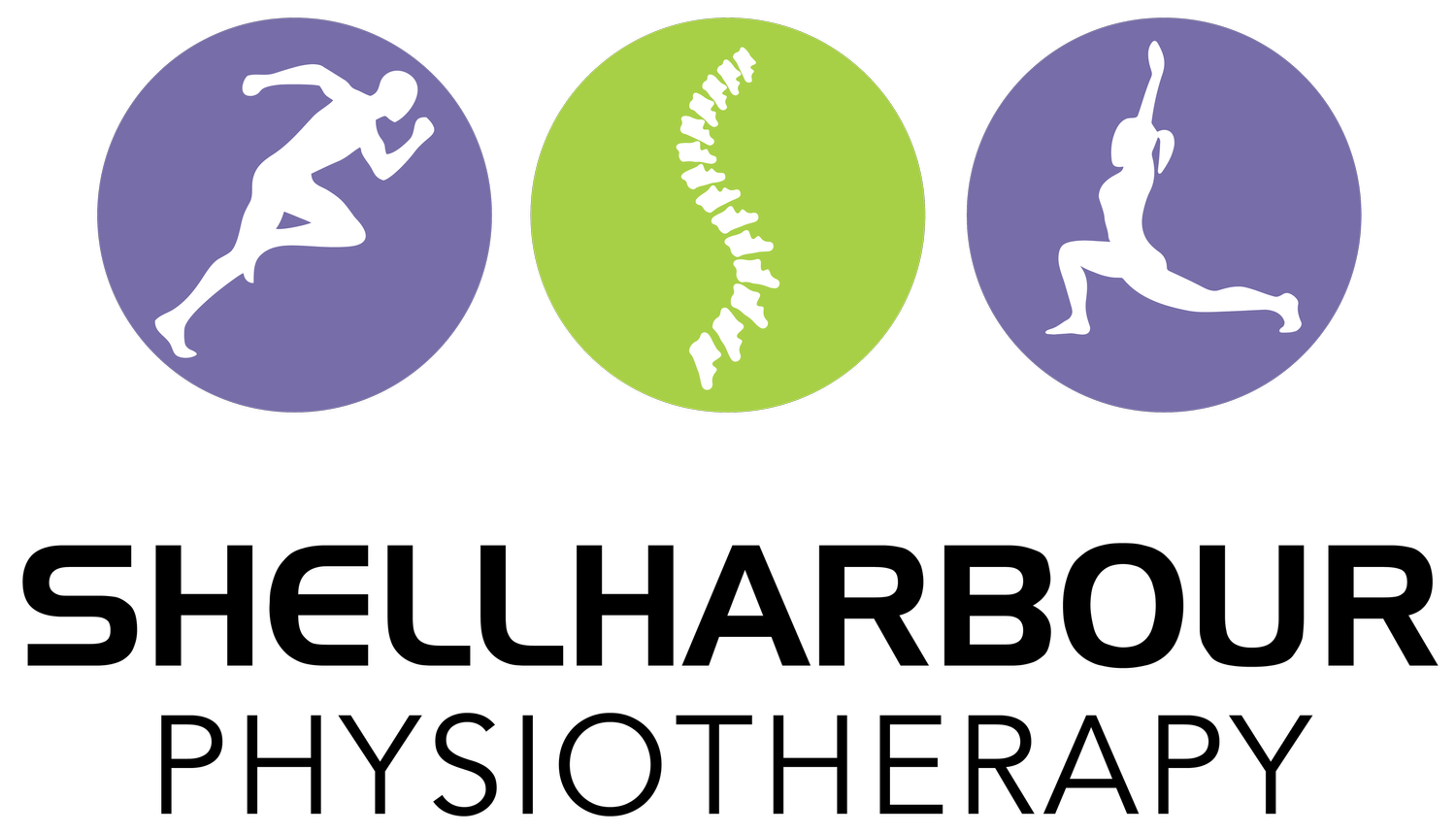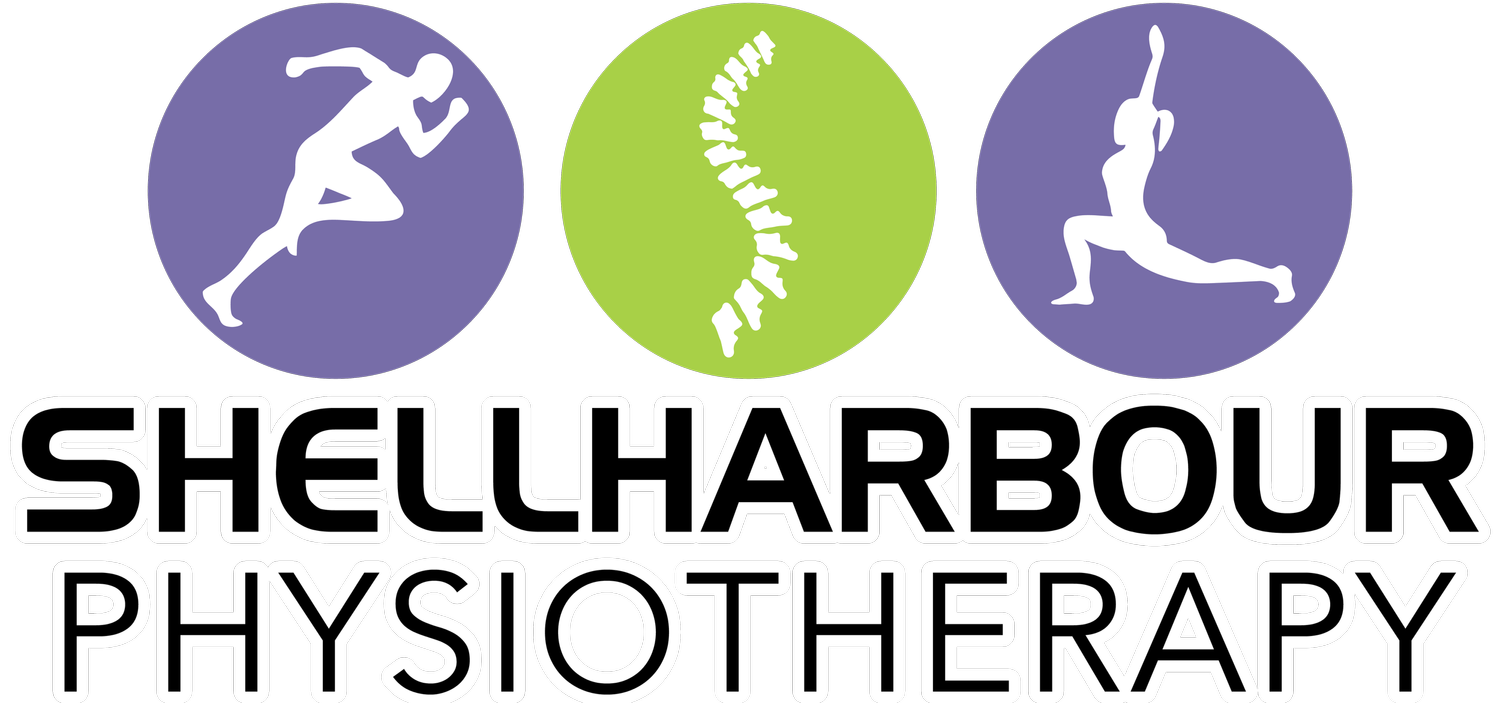SCOLIOSIS
What is scoliosis?
Scoliosis is a lateral curve with rotation in the spine (in other words a sideways bend). It can occur at all ages but tends to appear in older children and adolescents, most of which are girls.
The majority of scoliosis cases are mild and therefore do not require treatment. But in some cases, it can be severe and debilitating due to there being reduced space within the chest, affecting lung function. Some individuals may require a brace to prevent the curvature from worsening, and in the more severe cases they may require surgery.
It’s quite a common condition which is often just picked up as an incidental finding within an exam at the physio or doctor.
Causes
The cause of the most common type of scoliosis is unknown, although there seems to be a hereditary link, along with environmental factors, like sport commitments.
Less common types of scoliosis can be caused by:
Neuromuscular conditions (cerebral palsy or muscular dystrophy)
Birth defects
Injuries or infections of the spine (like paraplegia)
What does not cause scoliosis:
Heavy school bags
Poor posture
Soft mattresses
Being on your phone/laptop/gaming station (sorry parents, the truth is out)
Who’s At Risk?
It’s important to note that most scoliosis is diagnosed as mild to moderate. Only 0.4% of scoliosis patients diagnosed need surgery.
There are some risk factors that can increase the chances of developing scoliosis, including:
Age
Scoliosis is most commonly seen in adolescence. It’s most commonly seen in girls between10-12 years old and boys between 12–14 years old (this is much rarer and needs to be checked by a health professional)
Sex
Girls are 90% more likely to develop scoliosis.
Family History
“Although it is not officially diagnosed, my mum thinks she can recall been told she has scoliosis in the past. She has some of the key signs including uneven hips and uneven shoulders. I therefore as a family with family history am at greater risk of having scoliosis.”
Signs & Symptoms
The regular signs and symptoms we see in clinic include:
Uneven shoulders and hips
Pain or aesthetic concerns from a patient or caregiver.
Ribs jutting out
Visible lateral curve in the spine
Positive testing with special tests and measurements.
Signs
“The signs of scoliosis I have are:
My right shoulder blade is more prominent than my left
The left side of my rib cage sits a lot lower than the right
My hips are uneven”
Symptoms
“The symptoms I experience are:
Back pain and tightness, especially between my shoulder blades
Lots of cracking in my back, most of which are pain free”
Potential Implications
Mild to Moderate curvature
Pain
Affected appearance
Functionality
Severe curvature
Pain
Appearance
Mobility
Breathing
Diagnosis
For scoliosis to be officially diagnosed, an x-ray must be taken of the spine to provide a measurement called a cobb angle. This classifies the severity of the curve. The minimum score to classify as a scoliosis diagnosis is 10 degrees, with severity going up from there.
In clinic, we can assess angles using a scoliometer (fancy level), strength of the muscles and general appearance of the back, shoulders and hips.
“Usually, scoliosis is picked up in adolescence, but it was not picked up until I was 24. I had been experiencing pain between my shoulder blades and brought it up to our physios at work.
Kirrilly, one of our amazing physiotherapists, did a quick assessment and noticed my mid-back muscles are not symmetrical. She traced my vertebrae (back bones) down my back and immediately found that they are curved.
This led to me eventually getting an x-ray to confirm if I have scoliosis. These are my x-ray results (+ cobb angle).”
Treatment
Most scoliosis cases can be managed with physiotherapy ↗ and monitoring, activity modification and education. If scoliosis is not well managed, it can become worse over time. Treatment focuses on managing pain, strengthening the core muscles, and postural awareness and correction.
Cobb angles greater than 30 degrees are referred on for further management. This can include bracing to change the angle the curve is progressing or in more severe cases surgery to straighten the spine as it develops.
Regardless of severity, it is important to be checked by a physio if you expect yourself or your child to have scoliosis.
“To manage my symptoms, I get regular hands-on physiotherapy to reduce muscle tightness and pain. I also have begun to integrate specific exercises and stretches into my gym program to help improve my strength, reduce imbalances, and maintain flexibility.”
Exercises
Exercises and stretches need to be specific to individuals with scoliosis based on their severity and symptoms.
Exercises that work for one person may aggravate for another.
“It is important to note that despite experiencing some back pain and tightness on and off, I still can attend the gym and play AFL. I am instead now becoming more aware of what can aggravate it so I can modify the activity appropriately.
To counteract the muscle imbalances and tightness I have started focusing on these exercises to help manage my scoliosis...”
Core exercises
It is important to strengthen the core which is comprised of your abdominal muscles, back muscles, and muscles around the pelvis. These muscles support and protect the spine and improve posture.
Dead bug
This exercise targets all the abdominal muscles which helps to support the spine.
Side plank
This exercise targets many muscle groups, but specifically the obliques and deep spinal stabilising muscles which is important for myself due to the asymmetry of my trunk muscles.
Single arm row
Due to muscle strength imbalances of the muscles between my shoulder blades I have started doing more unilateral (single arm) back strengthening exercises.
Bird dog
This exercise aims to strengthen the abdomen, back and hip muscles and improves trunk stability.
Stretches/mobility
Cat cow
This stretch helps maintain flexibility of the spine. Inhale as you draw your stomach towards the floor and exhale as you round your back.
Open book stretch (Thoracic spine rotations)
This stretch helps thoracic spine mobility.
Knee rocks (lumbar rotation)
This stretch targets the lower back aka the lumbar spine.




